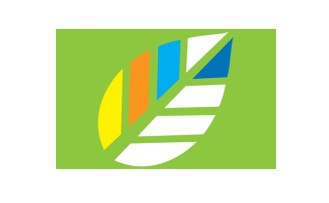Vernetzung & Wissenstransfer
Wissenstransfer und Integration sind wesentliche Teile unserer Forschung. Wir bieten durch unser umfangreiches Portfolio von Anlagen und Testfeldern eine einzigartige Forschungsumgebung. Treten Sie einfach gerne mit uns in Kontakt.



















